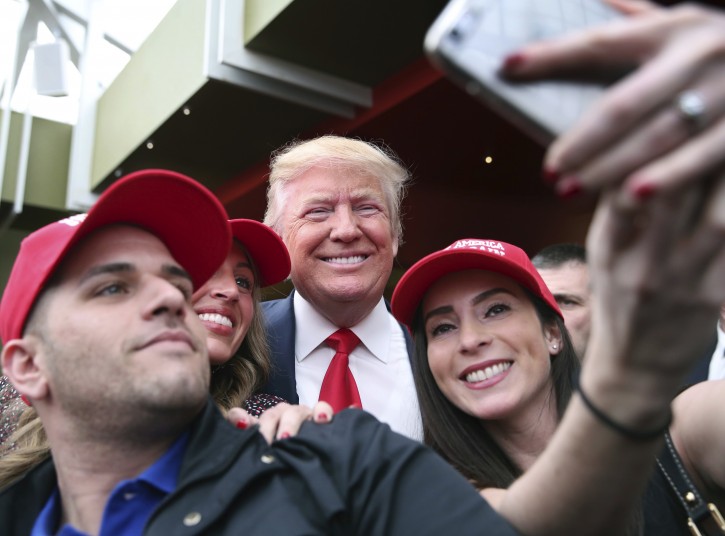
New York – Donald Trump’s political home in his native New York City is several miles — and a ferry ride — from Trump Tower.
Staten Island, New York’s self-proclaimed “forgotten borough,” is a hidden bastion of Republicanism in of the nation’s most liberal cities, separated from the rest of the city both geographically and politically. A sprawling suburb of low-rise buildings that resembles the towns of neighboring New Jersey, Staten Island has long been isolated from the bustling metropolis.
It takes $16 in tolls to cross the Verrazano-Narrows Bridge from Brooklyn to Staten Island. Many tourists who ride the iconic free Staten Island ferry never depart the terminal and simply wait for the next boat back to Manhattan. And for decades, the island’s most recognizable landmark was a dump that took most of the city’s garbage and was once the largest landfill in the world.
Frequently the butt of jokes by other New Yorkers, the island’s voters even considered secession in 1993.
And unlike the deep blue politics that dominate the rest of New York, Staten Island’s political power structure is controlled by Republicans; while Mayor Bill de Blasio, a liberal Democrat, captured 73 percent of the citywide vote in 2013, he lost Staten Island to a poorly-funded, longshot Republican challenger.
And when Trump, just two days before the crucial New York primary, campaigned here on Sunday, the warm reception he received stood in stark contrast to the anger of thousands of protesters who greeted him in Manhattan days earlier.
“Staten Island is a great place,” said Trump, who does not currently own property on Staten Island but recalled the four summers decades ago he worked in a development here for his father’s business. “We have safety on Staten Island. We have great police, great people on Staten Island and I know it so well.”
Trump on Sunday first received the endorsement of the New York Veteran Police Association, an obscure police organization, and then spoke to the Richmond County (Staten Island) GOP’s annual Lincoln Day brunch, an event that normally draws 350 people and this year packed in more than 1,000.
“Mr. Trump has a wide following, we could have sold twice as many tickets as we did,” said John Antoniello, chairman of the GOP group. “These are his people. Staten Island is a real base of support for him.”
The chanting, cheering crowd stood for Trump’s entire 25-minute speech and many in the audience said they felt grateful the celebrity businessman was spending time in an area “left behind” by the Democrats who run City Hall and the statehouse.
“People will see that we’re really a slice of Middle America buried in a big city. We love our country and we don’t see things like they do,” said Claire Chesnoff, a real estate agent. “We’re our own little town. We are all working people who have earned what we have.”
Hillary Clinton was also scheduled to campaign on Staten Island on Sunday, so the national spotlight was shining on the borough — home to just 470,000 of New York City’s 8.5 million residents — for the first time since Eric Garner, an unarmed black man, was placed in a fatal chokehold by a white police officer in 2014, setting off waves of protests.
Trump — who eschewed his trademark rallies in New York City, only appearing at a pair of local GOP events — was born in Queens yet lives in a Midtown skyscraper and has a glitzy image synonymous with Manhattan’s glamour. But many of his Staten Island supporters said they felt the celebrity businessman could relate to their quiet borough that is home to scores of police officers and firefighters and lost nearly 300 people on September 11, 2001.
“Mr. Trump says what he means and means what he says. He’s not a phony,” said Mildred Amatrudo, an administrative assistant. “We have different values that the rest of the city. They don’t understand us or care about us. They’re a different city.”
As reported by Vos Iz Neias
